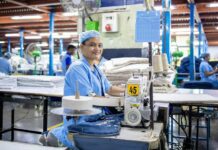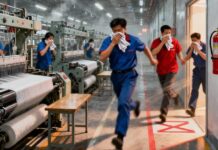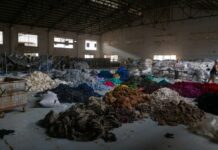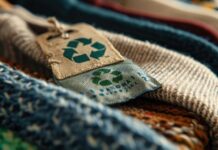According to a recent report from Sustainable Energy for All (SEforALL) based in Vienna, many leading fashion brands have yet to establish clear renewable energy targets, which hampers efforts to create a cleaner and more sustainable energy landscape throughout global supply chains. The fashion industry, valued at a staggering $1.7 trillion and employing over 300 million individuals worldwide, accounts for approximately 2-8 percent of global carbon emissions and nearly 20 percent of the world’s wastewater.
These detrimental statistics are largely attributed to the fast fashion model that relies on quick production cycles, high water usage for raw materials like cotton, and an increasing dependence on fossil-fuel-based synthetic fabrics, which are expected to constitute 73 percent of textiles by 2030. The report warns that if these trends persist, fashion-related greenhouse gas emissions could increase by over 60 percent by that year, with the sector producing roughly 92 million tonnes of waste and utilizing 4 percent of global freshwater annually.
The environmental impact is especially concerning in water-scarce areas, highlighting the urgent need for sustainable production practices and better resource management. Titled “Threads of Transformation,” the report emphasizes the importance of addressing the renewable energy challenges in the fashion industry by aligning the sector with the UN’s Sustainable Development Goals, specifically Goal 7 (affordable and clean energy) and Goal 5 (gender equality).
Fashion’s annual electricity consumption is estimated at around one trillion kilowatt-hours, comparable to about a quarter of U.S. electricity use in 2023. Energy expenditures constitute 15 to 30 percent of production costs in fast fashion, with most dependency on inefficient, fossil fuel-based resources.
The report also points out that women are predominant in apparel production in regions like Ethiopia and Lesotho, representing 80 percent of the workforce. Unfortunately, they often face low wages, poor working conditions, and limited advancement opportunities. SEforALL indicates that empowering women-led small and medium enterprises can facilitate the shift to renewable energy and enhance productivity while promoting broader societal benefits. Addressing these renewable energy challenges in the fashion industry is crucial for achieving a sustainable future and ensuring equity within the workforce.


































